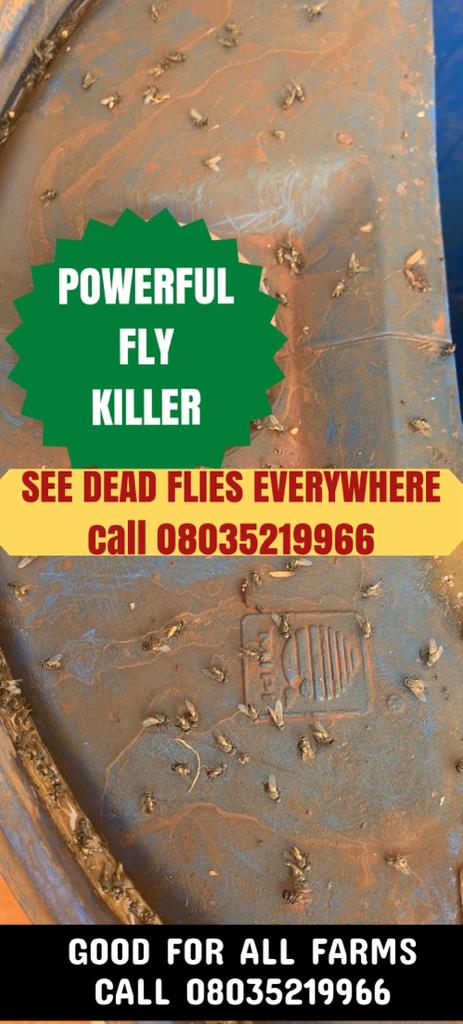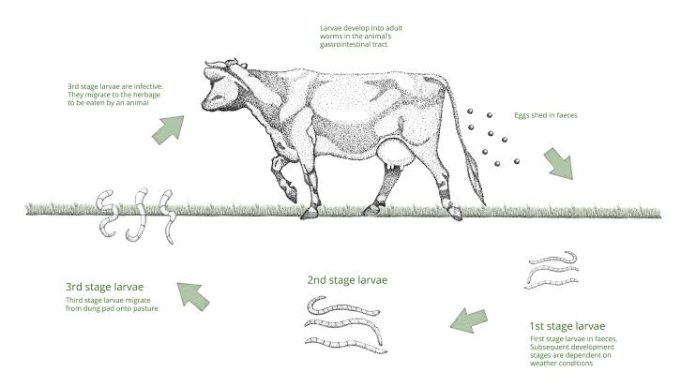🔥E- book offer of the day: 👉👉 Buy Sheep and Goatz Farming Business Report
21 facts about cattle worms that every large ruminants farmer should know
1. Cattle can be affected by various internal parasites, commonly known as worms or gastrointestinal nematodes.
 Learn More
Learn More2. Common cattle worms include Ostertagia ostertagi, Cooperia spp., and Haemonchus placei.
3. Worm infestations can lead to reduced weight gain, poor feed efficiency, and overall decreased productivity in cattle.
4. Grazing on contaminated pastures is a primary source of cattle worm infections.
5. Pasture management practices, such as rotational grazing and strategic deworming, are crucial for controlling worm transmission.
6. Ostertagia ostertagi, or the brown stomach worm, can cause abomasal damage and impact nutrient absorption in cattle.
7. Coccidia are protozoan parasites that can affect cattle, leading to diarrhea and decreased growth rates.
Don’t wait – buy this captivating ebook right away.👉👉 Poultry farming business report Volume 5
8. Regular fecal testing helps diagnose and monitor the prevalence of worm infections in cattle herds.
9. Deworming medications, including anthelmintics, are commonly used to control internal parasites in cattle.
10. Strategic deworming programs aim to target specific stages of the worm life cycle, minimizing resistance development.
READ ALSO 10 signs of a diseased cattle herd
11. Overcrowded conditions, poor sanitation, and inadequate nutrition can increase the susceptibility of cattle to worm infestations.
12. Some cattle breeds may exhibit varying degrees of resistance or susceptibility to certain worm species.
13. External parasites, such as flies and ticks, can contribute to stress and make cattle more susceptible to internal worm infections.
14. Lungworms are a type of internal parasite affecting the respiratory system of cattle, causing coughing and respiratory distress.

15. Nutrition plays a crucial role in the resilience of cattle against worm infections, and balanced diets can support overall herd health.
Purchase this compelling ebook instantly. 👉👉21 most important poultry diseases with prevention, control & treatment
16. Strategic use of pasture rest periods and rotational grazing can break the life cycle of certain cattle worm species.
17. Copper oxide wire particles (COWP) and other nutritional supplements may be used as part of integrated parasite management strategies.
READ ALSO 21 facts about sheep and goats worms that every small ruminants farmer should know
18. Vaccines for specific cattle worm infections are under research and development to provide additional tools for parasite control.
ATTENTION: Click “HERE” to join our WhatsApp group and receive More updates directly on your WhatsApp!
19. Quarantine measures for introducing new cattle to a herd can help prevent the spread of worms.
20. Collaboration with a veterinarian is essential for developing effective cattle worm control programs.
21. Good biosecurity practices, including proper manure management and hygiene, contribute to successful cattle parasite control.
🧩CREATED BY DR JOSEPH DEJI-FOLUTILE















